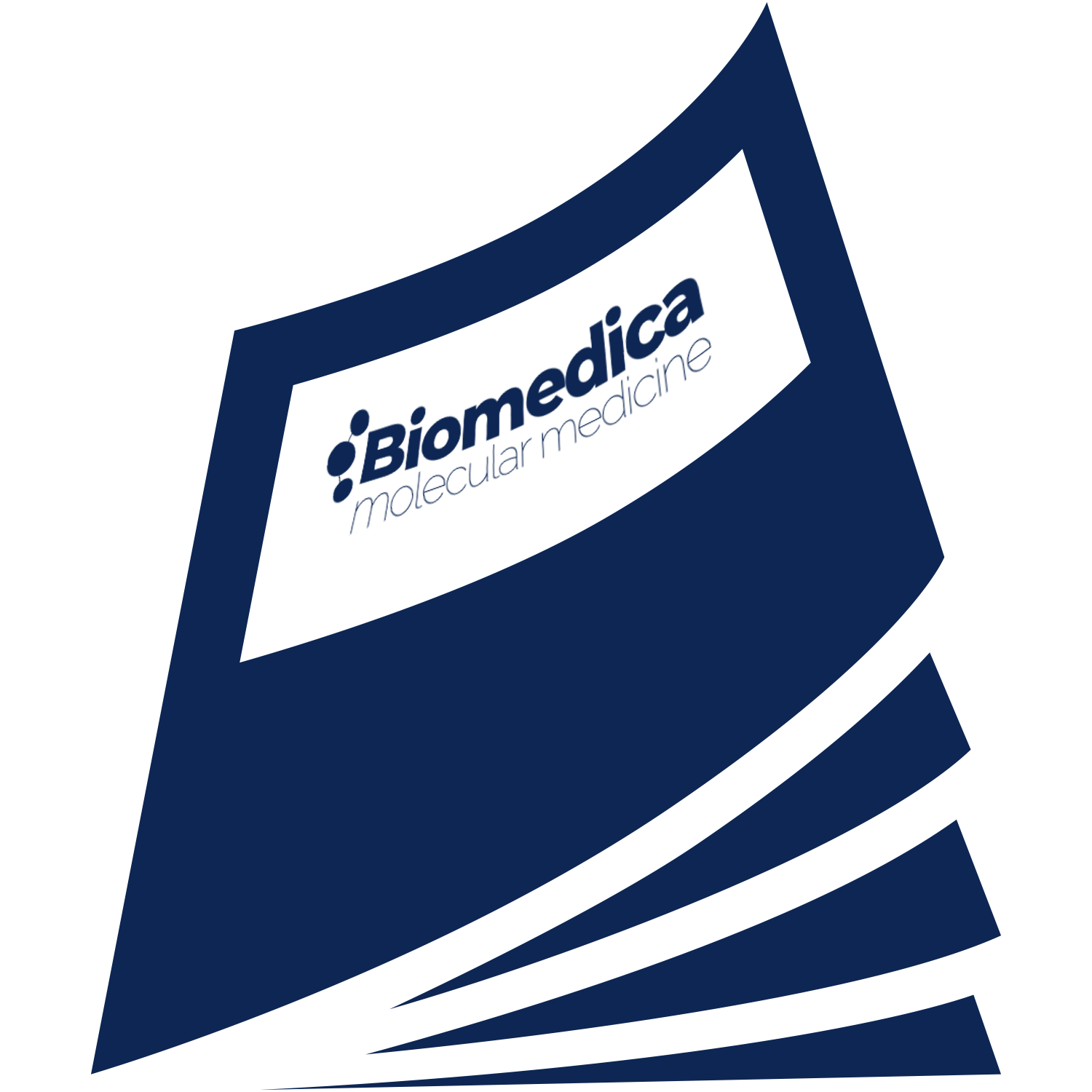Prado-Vázquez et al.
SCIENTIFIC REPORTS 7 febrero, 2019
Triple-negative breast cancer is a heterogeneous disease characterized by a lack of hormonal receptors and HER2 overexpression. It is the only breast cancer subgroup that does not benefit from targeted therapies, and its prognosis is poor. Several studies have developed specific molecular classifications for triple-negative breast cancer. However, these molecular subtypes have had little impact in the clinical setting. Gene expression data and clinical information from 494 triple-negative breast tumors were obtained from public databases. First, a probabilistic graphical model approach to associate gene expression profiles was performed. Then, sparse k-means was used to establish a new molecular classification. Results were then verified in a second database including 153 triple-negative breast tumors treated with neoadjuvant chemotherapy. Clinical and gene expression data from 494 triple-negative breast tumors were analyzed. Tumors in the dataset were divided into four subgroups (luminal-androgen receptor expressing, basal, claudin-low and claudin-high), using the cancer stem cell hypothesis as reference. These four subgroups were defined and characterized through hierarchical clustering and probabilistic graphical models and compared with previously defined classifications. In addition, two subgroups related to immune activity were defined. This immune activity showed prognostic value in the whole cohort and in the luminal subgroup. The claudin-high subgroup showed poor response to neoadjuvant chemotherapy. Through a novel analytical approach we proved that there are at least two independent sources of biological information: cellular and immune. Thus, we developed two different and overlapping triple-negative breast cancer classifications and showed that the luminal immune-positive subgroup had better prognoses than the luminal immune-negative. Finally, this work paves the way for using the defined classifications as predictive features in the neoadjuvant scenario.


